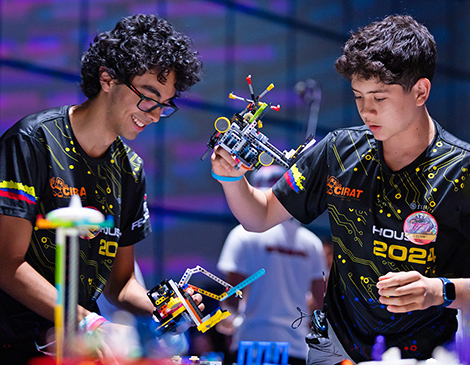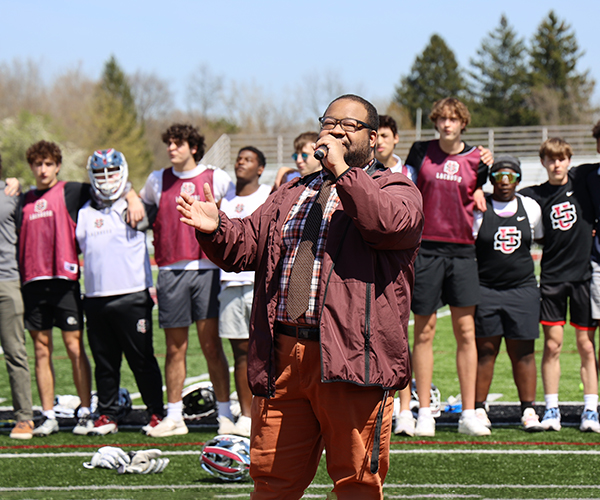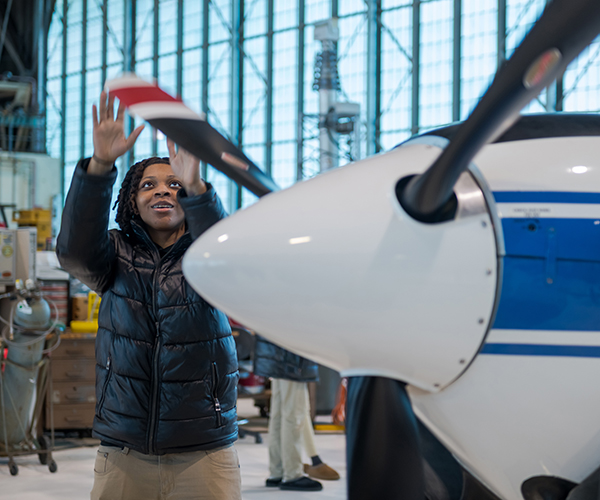VEX Robotics and FIRST Robotics are the nation's two leading robotics competitions that students at all grade levels can compete in. Each year, both introduce new challenges that require students to collaborate, design their robot and compete together.
Beyond the robot battles, these competitions can have a lasting impact on the children and teens who participate in them.
"When competing, yes, you have design, you have programming, you have CAD [computer-aided design], which, going to the competition itself, brings out the other side of engineering that you can't learn in a classroom. It brings out the real-life, quick-on-your-feet problem solving," says NASA engineer Christopher Morris.
In both FIRST and VEX programs, students must design and build a robot that is capable of completing various tasks, both in team settings and in individual robot skills challenges. Some schools, such as St. Ignatius High School and Magnificat High School, have teams, while others are built by bringing teams from multiple schools together.
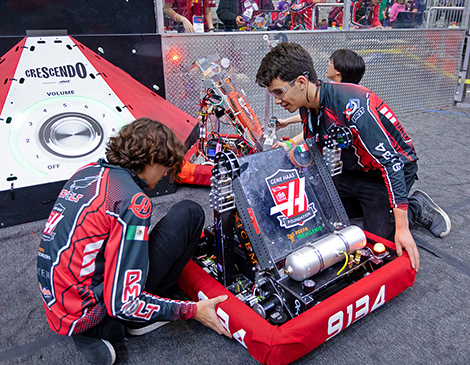
Morris played on his high school VEX robotics team. He's also coached and refereed since graduating from high school. His participation helped him explore design, project management and robotics.
Former FIRST and VEX players like Morris know that the design process is ongoing. It starts in the student's classroom, but the pressure hits when you're queuing up for your next match. Students face time and resource constraints. When a robot malfunctions or needs tweaking, not every design change is possible. Limits teach students to prioritize what they think they can do and what they are allowed to do. Last-minute changes can alter the competition.
"When you come to the real world, you're designing something, you have to know all your design constraints," says Morris. "That's what this is with VEX robotics. Those rules are your design constraints."
If you don’t follow those design rules in robotics competitions, either in VEX or FIRST, your team could lose points or even be disqualified. That’s why students must not only learn the design constraints and rules but also advocate for themselves and their teammates when they believe they are in the right.
Morris notes that students can often clear up gray areas in the competition and provide arguments for their robot's wins.
Morris adds that "sometimes it can go in their favor that way because it's a game of perspective. And for us, our job is not to punish them when refereeing. It's our job to help them get better."
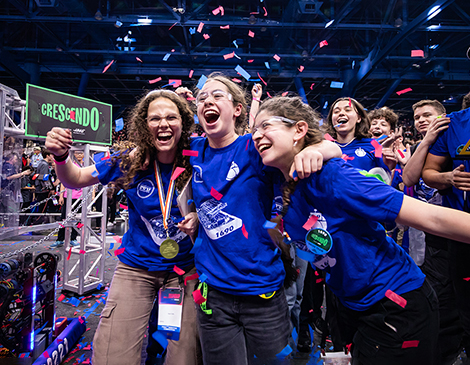
In fact, Morris says it was the combination of technical skills and even soft skills he learned at VEX that helped him land his job at NASA.
"You get the soft skills with working with other teams, working amongst your team and then interviewing with judges to then talk about your design process, what you did, why you did it. So all of that translates perfectly into an interview," says Morris. "Because when I interviewed for NASA, all I talked about was robotics."
Currently, Morris is a mechanical test engineer in the propulsion systems laboratory, where NASA oversees the facility's test campaign.
"I love it because a lot of these skills that I use day to day is stuff I learned from robotics, going through high school and then being an assistant coach and referee through college," says Morris. "So that sort of is how it evolved into, 'Yeah, I can do mechanical engineering.'"
For more updates about Cleveland, sign up for our Cleveland Magazine Daily newsletter, delivered to your inbox six times a week.
Cleveland Magazine is also available in print, publishing 12 times a year with immersive features, helpful guides and beautiful photography and design.

